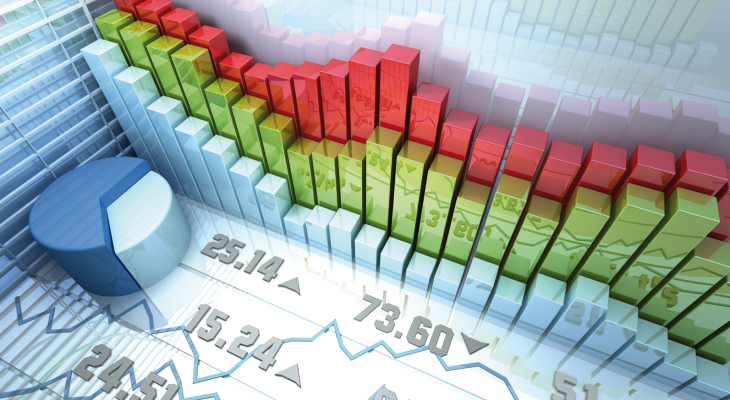The dollar climbed to two-month peaks on Friday and was on pace for a second straight weekly gain after data showed the world’s largest economy slowed at a less-than-expected pace in the second quarter.
The dollar’s rise was also helped by widening yield differentials between U.S. and German debt. Spreads were holding at two-month highs at 249 basis points.
Investors were disappointed by a lack of policy action from the European Central Bank (ECB) at a meeting on Thursday. Their attention will now shift to a Federal Reserve meeting next week, where policymakers are expected to cut interest rates by a quarter of a percentage point.
A better-than-expected U.S. gross domestic product report for the second quarter is not likely to change the Fed’s mindset, analysts said.
Data showed U.S. GDP grew at a 2.1% annualised rate in the second quarter. The economy advanced at an unrevised 3.1% pace in the first quarter. Economists polled by Reuters had forecast GDP rising at just a 1.8% rate in the second quarter.
“You continue to see this theme that the U.S. is growing well, better than most G7 economies, consistent with dollar strength that we’re seeing on the back of this,” said Erik Nelson, currency strategist at Wells Fargo Securities in New York.
“I don’t think it changes all that much for the Fed next week. We still expect a 25 basis-point cut at the meeting,” he added.
In midmorning trading, the dollar index was up 0.1% at 97.927, after earlier hitting its highest level since late May.
The greenback was little changed against the yen at 108.66 yen.
Steve Blitz, chief U.S. economist at TS Lombard, believes that with the GDP data, Fed Chairman Jerome Powell would have a hard time convincing the hawks on the Federal Open Market Committee of the need for a quick 50 basis-point cut.
“So here is the Fed, faced with overall growth at trend created by the combination of a slowing business sector yet still strong consumption — a function of stable if slower employment growth and a strong stock market,” Blitz said.
In other currencies, the euro was down 0.2% at $1.1127, recovering from a two-month low of $1.1102 after the ECB decision on Thursday. For the week, the single currency is down 0.8%.
After the ECB session, President Mario Draghi indicated the bank was prepared to cut rates at its next meeting, in September, and consider other options for easing.
Sterling, meanwhile, slipped 0.2% to $1.2425 and was on course for a 0.6% weekly loss. Cable has stabilized since Boris Johnson became Britain’s new prime minister, but uncertainty remains about the country’s negotiations to leave the European Union.














